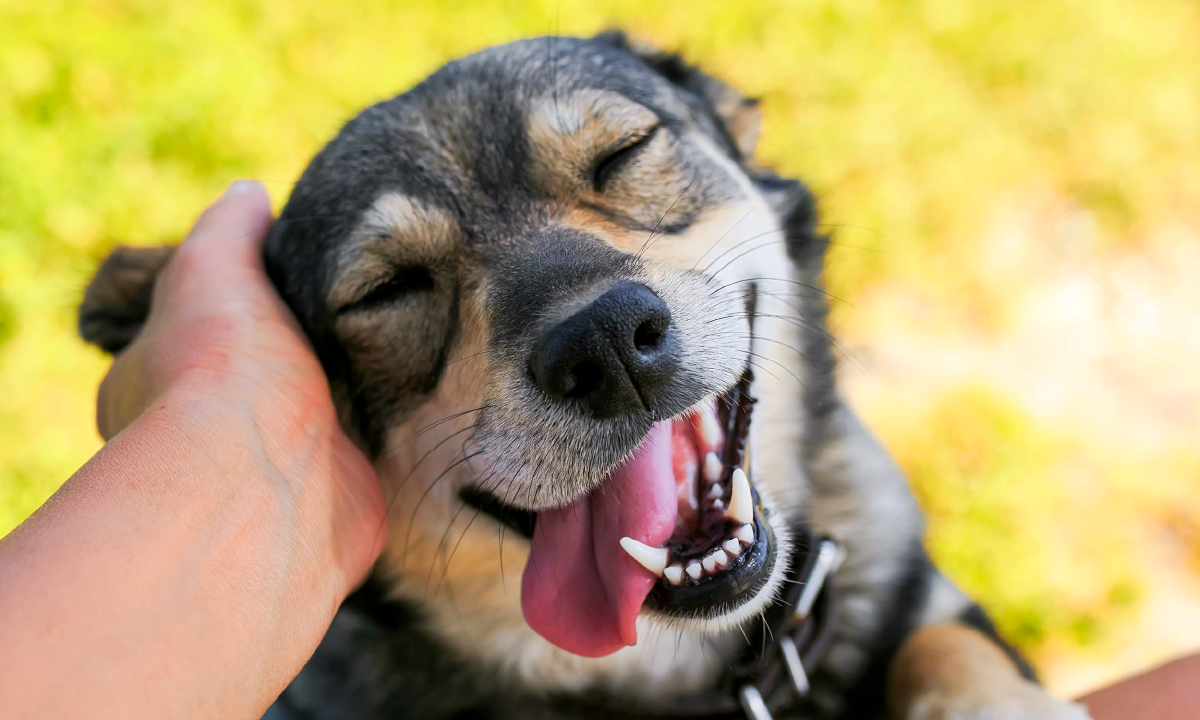Zoetis_CA_Cytopoint_eblast
true
true
{{custommediabasic::headline_less_padding_bottom}}
#4D95A9
#FF671E
{{custommediabasic::custom_background}}
30px 0 30px 0
{{custommediabasic::logo_url}}
/uploads/zoetis_ca_cytopoint_email_sponsor_logo_2_x-b86ac94a1f411341bb6fee89f625a981.png
{{custommediabasic::logo_alt_text}}
325
{{custommediabasic::logo_at_bottom}}
{{custommediabasic::header_image_url}}
/uploads/zoetis_ca_cytopoint_header_image_600_x_360_2_x-a703d6ba3c334aa85156235ddb5a2ef7.png
{{custommediabasic::header_image_alt_text}}
ANOTHER REASON{br}TO USE{nbs}CYTOPOINT
{{custommediabasic::headline_smaller}}
Some Dogs Benefit from Additional Cytopoint{br}Injections to Achieve Maximal{nbs}Response
{{custommediabasic::subhead_url}}
{{custommediabasic::headline_subhead_above_header_image}}
true
CYTOPOINT is an increasingly important biologic therapy that can help control itch associated with canine allergies. So, what’s a veterinarian to do for the occasional dog that does not achieve treatment success with the initial injection? There’s good news.
Review results from a recent study that highlighted:
- The importance of progress examinations to evaluate CYTOPOINT treatment success
- The high percentage of patients that respond well to a single injection of CYTOPOINT
- For the subpopulation of dogs that do not respond completely to the first injection, most ultimately respond well to a second or third injection
- How to assess which pets may not ultimately respond
#888888
true
true
true
true
{{custommediabasic::cta_url}}
See how this data can help make your allergic patients more comfortable.
Read the results
{{custommediabasic::footnote_center}}
{{custommediabasic::footnote}}
{{custommediabasic::footnote_larger}}
{{custommediabasic::pre_footer_center}}
{{custommediabasic::pre_footer_larger}}
{{custommediabasic::pre_footer_copy}}
{{custommediabasic::preview_text}}

|

|
|
ANOTHER REASON{br}TO USE{nbs}CYTOPOINT
|
|
Some Dogs Benefit from Additional Cytopoint{br}Injections to Achieve Maximal{nbs}Response
|
|
CYTOPOINT is an increasingly important biologic therapy that can help control itch associated with canine allergies. So, what’s a veterinarian to do for the occasional dog that does not achieve treatment success with the initial injection? There’s good news. Review results from a recent study that highlighted: - The importance of progress examinations to evaluate CYTOPOINT treatment success
- The high percentage of patients that respond well to a single injection of CYTOPOINT
- For the subpopulation of dogs that do not respond completely to the first injection, most ultimately respond well to a second or third injection
- How to assess which pets may not ultimately respond
|
|
See how this data can help make your allergic patients more comfortable.
|
|
See how this data can help make your allergic patients more comfortable.
|
|
|
|
|
|
</head>
<body style="-ms-text-size-adjust:100%;-webkit-text-size-adjust:100%;margin:0;min-width:100%;padding:0;width:100%" data-bg-color="#e8e8e8" bgcolor="#e8e8e8">
{{custommediabasic::preview_text}}

|

|
|
ANOTHER REASON{br}TO USE{nbs}CYTOPOINT
|
|
Some Dogs Benefit from Additional Cytopoint{br}Injections to Achieve Maximal{nbs}Response
|
|
CYTOPOINT is an increasingly important biologic therapy that can help control itch associated with canine allergies. So, what’s a veterinarian to do for the occasional dog that does not achieve treatment success with the initial injection? There’s good news. Review results from a recent study that highlighted: - The importance of progress examinations to evaluate CYTOPOINT treatment success
- The high percentage of patients that respond well to a single injection of CYTOPOINT
- For the subpopulation of dogs that do not respond completely to the first injection, most ultimately respond well to a second or third injection
- How to assess which pets may not ultimately respond
|
|
See how this data can help make your allergic patients more comfortable.
|
|
See how this data can help make your allergic patients more comfortable.
|
|
|
|
|
|


